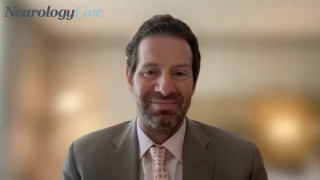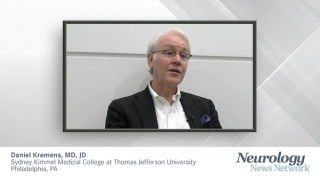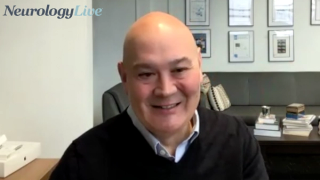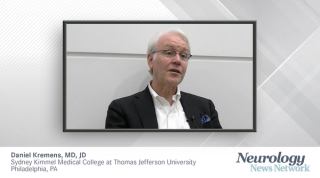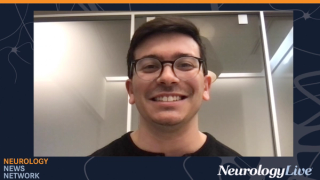
Parkinson Disease
Latest News


Filling a Therapeutic Need in Parkinson Disease: Flexibility With IPX203
Latest Videos

CME Content
More News

Pooled results of a post hoc analysis from phase 3 studies of amantadine (Gocovri; Supernus) suggest that the therapy offers increased good ON time, and in intervals that are more predictable for patients, compared with placebo.

The companies have noted that the decision was not made because of safety or efficacy data, but to refocus efforts on the ongoing phase 2b LUMA trial of BIIB122.

The clinical professor in the department of neurology at the University of California, San Francisco, emphasized the need to restrict trichloroethylene availability and the challenges in studying environmental factors associated with Parkinson disease. [WATCH TIME: 4 minutes]

The clinical professor in the Department of Neurology at the University of California, San Francisco, talked about the association between contaminated water and Parkinson disease. [WATCH TIME: 6 minutes]
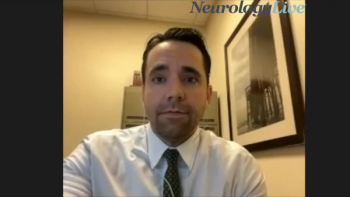
The director of the Memory & Cognitive Disorders Clinic at Hoag Neuroscience Institute provided perspective on the difficulties with testing agents for Parkinson disease psychosis, and the future outlook of treating the symptom. [WATCH TIME: 4 minutes]

Study shows that digital devices can provide objective and real-world measures of Parkinson disease, capturing key motor and nonmotor features of for early diagnosis of the neurodegenerative disorder.
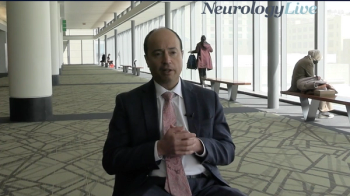
The director of the James J. and Joan A. Gardner Family Center discussed data from the phase 3 BouNDless trial assessing a continuous, subcutaneous levodopa/carbidopa delivery system for patients with Parkinson disease experiencing motor fluctuations. [WATCH TIME: 3 minutes]
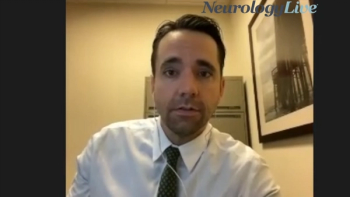
The director of the Memory & Cognitive Disorders Clinic at Hoag Neuroscience Institute discussed the future of treating Parkinson disease psychosis, and potential ways to lower risk of poor long-term outcomes. [WATCH TIME: 3 minutes]

A recent published study highlighted the importance of environmental risk factors for Parkinson disease, such as exposure to trichloroethylene and other volatile organic compounds.

Marcelo Bigal, MD, PhD, chief executive officer of Ventus Therapeutics, talked about the relationship between inflammation and neurodegeneration in Parkinson disease, and the importance of targeting NLRP3.

Differences in personal experience of dyskinesias in Parkinson disease were observed across multiple cultures, which could be attributable to intrinsic cultural peculiarities.

Timothy A. Leichliter, MD, a neurologist at Allegheny Health Network, provided context on the institution’s boxing program for Parkinson disease, and the need for patients to remain active.

Participants with rheumatoid arthritis had a 1.74-fold higher risk of PD compared with those without, raising importance of an elevated risk.

Jean-Cosme Dodart, PhD, senior vice president of research at Vaxxinity, discussed the progress of the UB-312 Parkinson disease vaccine, highlighting its findings from a phase 1 clinical trial, and plans for a phase 2 trial.
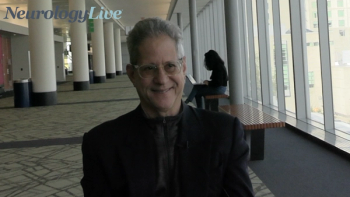
The CEO and cofounder of Amprion spoke about additional diagnostic uses of the αSyn seed amplification assay and its validation in the Parkinson's Progression Markers Initiative study at the 2023 AAN Annual Meeting. [WATCH TIME: 6 minutes]

Poor higher order vision at baseline was associated with worsening cognition and increased probability of death, dementia, or frailty over 3 years.

Over 48 weeks of treatment, ALXN1480 was found to be generally well-tolerated, with improvements seen in Clinical Global Impression-Improvement scores and UWDRS Parts II and III.
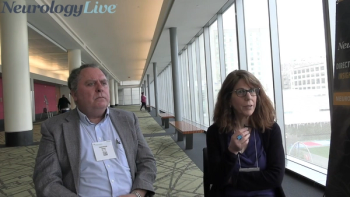
The medical director of the Center for Neurological Disorders at the University of Toledo discussed positive phase 3 findings assessing P2B001, and how the agent would potentially fit in the Parkinson treatment landscape. [WATCH TIME: 4 minutes]
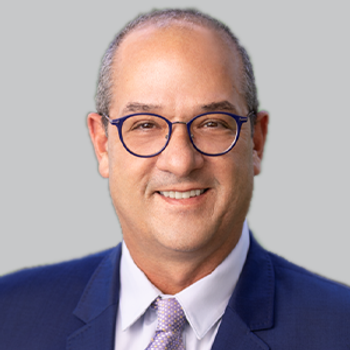
The chief medical officer and cofounder of CND Life Sciences, who served as principal investigator of the study, offered insight into the Syn-ONe Test's clinical utility.

The pump, attached to a wearable retainer, continuously delivers the liquid medication with little to no adverse effects.

CND Life Sciences’ α-synuclein skin biopsy test showed sensitivity rates ranging from 92.7% to 100% across a number of assessed and clinically confirmed synucleinopathies, including Parkinson disease and dementia with Lewy bodies, among others.

Compared with immediate-release levodopa/carbidopa, NeuroDerm’s 24-hour subcutaneous liquid infusion improved ON time without dyskinesia and with nontroublesome dyskinesia.

The majority of treatment-emergent adverse events from IPX203 were mild or moderate in nature, and occurred within the first 90 days of treatment.

Andrew Siderowf, MD, director of the Parkinson disease and movement center at the University of Pennsylvania, talked about available therapeutics and potential future therapies in research for Parkinson disease.
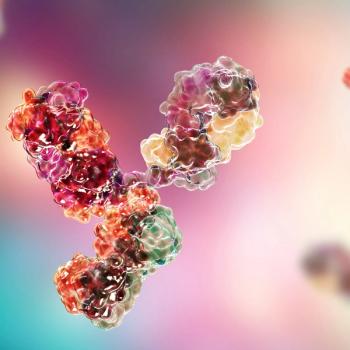
Despite years of use of gold-standard therapy levodopa, therapeutic development in Parkinson disease has advanced rapidly and expanded to numerous novel pathways and targets.




